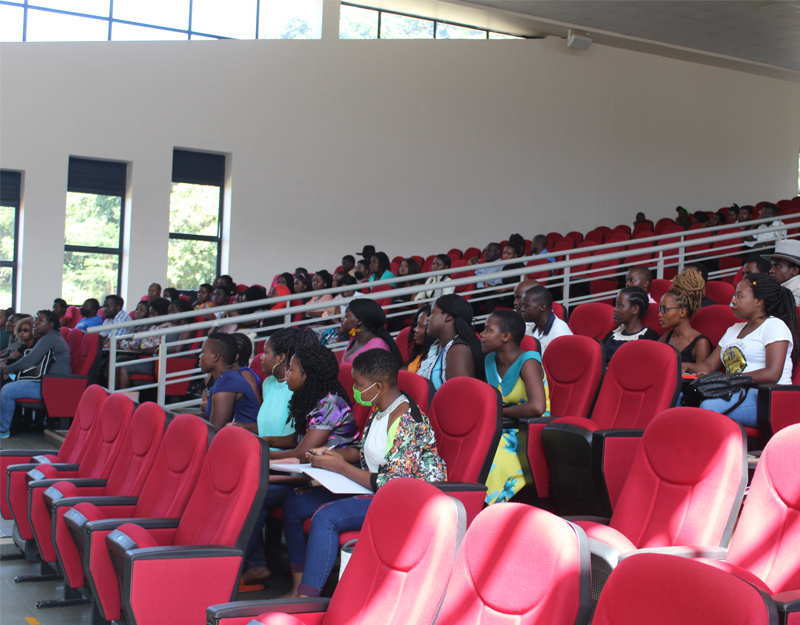VISITING PRE HISTORIC MALAWI HISTORY STUDENTS ON STUDY TRIP
On the trip, the students were accompanied by the head of History Department, Dr. George Jawali, and his fellow lecturer, Ms. Dinah Katonda. The lecturers explained that this trip is part of plans by the department to introduce some form of hands-on experience to their students, to supplement the material discussed during their lectures. In this way, the students closely appreciate some of the historical details and artifacts that are often mentioned in class. For this particular trip, the students were also advised to take advantage of the trip as a way of sourcing material for a pending assignment.
For instance, at Kungoni Centre of Culture and Art, at Mua Mission in Dedza district, the students had close acquaintance with artifacts that display various aspects of Maravi (Chewa), Ngoni and Yao cultures, amongst others. Ms. Katonda explains the benefit of the trip to the students: “It is a chance for them to get more information on early state builders, who include the Maravi, as well as the late state builders, amongst whom are the Ngoni, the Yao and the Kololo people”.
The second phase of the trip took the students to Cape Maclear, Lake Malawi National Park, registered as a world heritage site. Here, with the advantage of visible monuments and testimonies from the local inhabitants, the lecturers and students discussed the pre-historic economy of Malawi, the slave trade, and the impact of the missionaries on the local society. For example, students visited the graves of some of the missionaries who had settled in the area in between 1875 and 1880. Students were excited to see for themselves various artifacts, such as iron arrow heads and iron axes. Based on their learning, students were able to use these items to make conclusions on the pre-historic economy and farming activities of Malawi.
For the Head of Department, Dr. George Jawali, the satisfaction is in seeing any traces of doubt removed from students’ minds. “Sometimes when we teach them these historical details, or mention various names such as those associated with the slave trade, students do not think the places actually exist. It is therefore quite a momentous occasion when they set foot on the same ground walked by slavers and slaves.”
Of course, being historians, the group engaged in debate regarding the famous Mwala wa Mphini, a huge rock with symmetrically patterned grooves embedded in it, drawing on their knowledge to postulate a number of theories regarding its formation and possible social function.



